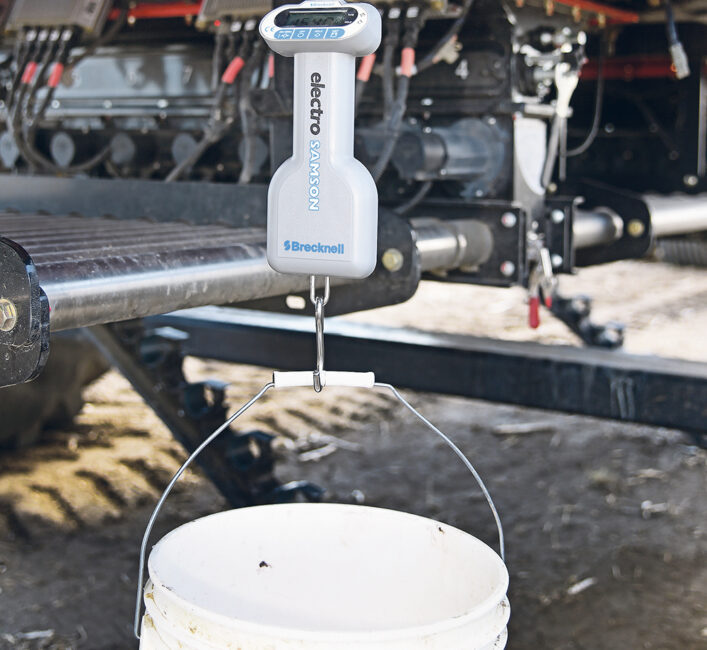Industry responds to suggested nutrient cuts

From farmers to fertilizer manufacturers the idea of growing more crop with fewer nutrients is a non-starter
The fertilizer industry is pushing back against federal government plans to cut overall greenhouse gas emissions from farming.
Instead of cutting the total amount of emissions, the focus should be on lowering per-unit emissions so that increased crop production in Canada isn’t penalized, the industry argues.
“We would really like to see the discussion pivot towards emission intensity targets, considering the emissions per unit of crop being produced so that we’re able to maintain our export market,” said Cassandra Cotton of Fertilizer Canada in a presentation at Canola Week.
“Canadian farmers are, on the whole, not overapplying nitrogen fertilizer. We use nitrogen very efficiently compared to our competitors.”
Pushing farmers to reduce overall fertilizer use when Canada has a strategic goal of increasing crop production and exporting more doesn’t make sense, she said. Not only will that stop Canadian farmers from increasing crop production, but production would move overseas where emissions are worse.
“If it is not grown here, it will be grown somewhere else,” said Cotton.
Canada’s official climate change goal today is to lower fertilizer emissions by 30 percent from 2020 levels by 2030. That will be tough to achieve at the same time as boosting crop production.
“The government has stated that they intend to pursue an absolute emissions reduction target versus looking at intensity-based targets,” said Cotton.

Improved cropping methods can reduce emissions, but bigger crops will still rely upon fertilizer.
“It would require a reduction in use to meet those targets,” she said.
More worrisome is an attempt by the European Union to cut total fertilizer use. Its goal is to reduce by 20 percent the amount of fertilizer that European farmers use.
While many European nations have less efficient farm sectors, giving them more room to cut, reducing that amount of fertilizer is expected to squeeze production potential.
Fertilizer Canada doesn’t want to see the Canadian government go the same direction, arbitrarily capping fertilizer use regardless of crop production requirements.
“It’s a dangerous conversation to get into, having the need to reduce fertilizer use across the board across the country,” said Cotton.
“Rather we need to be discussing the need to optimize nitrogen use.”
As Canada moves toward its 2030 climate change goals, farmers will be able to adopt many practices that help reduce greenhouse gas emissions from crop farming, such as banding fertilizer rather than broadcasting it, and various in-crop management choices.
Those efforts will need to be rewarded, but Cotton worries that farmers who change practices now to help reduce emissions might be penalized later if there are incentives offered at a later date.
“We need to make sure growers are rewarded for that, that additionality does not become an issue and that we’re able to get recognition for those farmers,” said Cotton.
The fertilizer industry hopes that industry-farmer efforts to embrace 4-R fertilizer application (right source, right rate, right place, right time), which it believes can lower per unit emissions by 35 percent, will convince the government to reconsider its present approach.
“We are really pushing the government to recognize the protocol and the 4-Rs and the opportunity there,” said Cotton.
Source: producer.com

